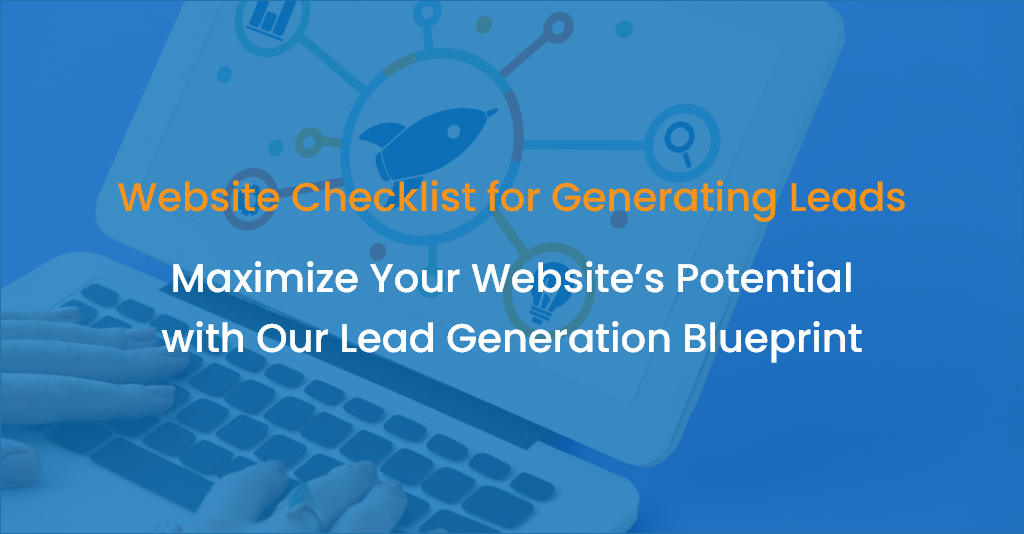


Intuitive navigation should be easy to understand and use a clear labels and logical hierarchy. A clear navigation structure is highly essential for guiding the visitors through website and helps to find what they exactly looking for. It consists of top navigation menu, sidebar menu or combination of both. Depending on the website the navigation and website design the structure will differs.
